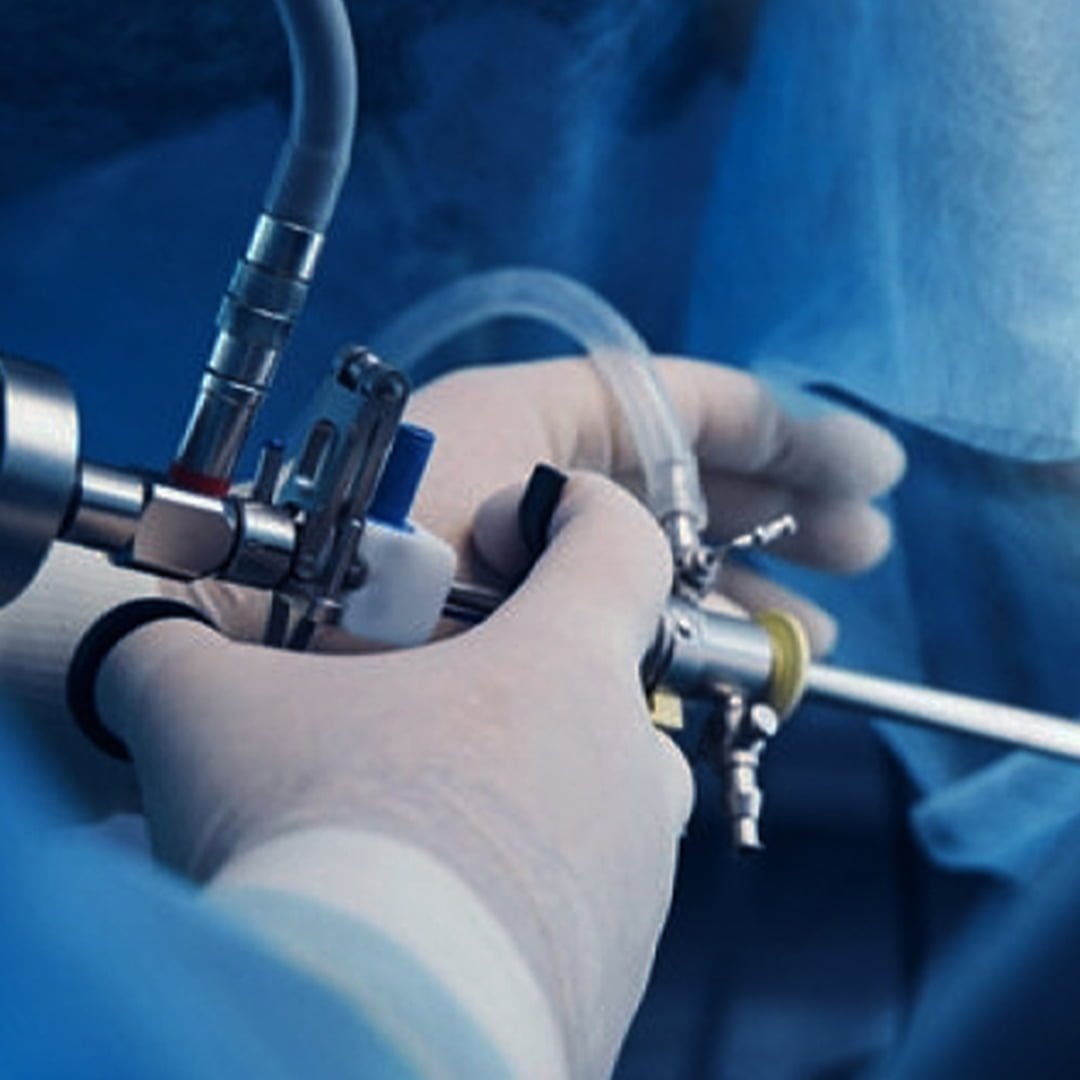Diagnostic and Operative Hysteroscopy in Nicosia

What is a hysteroscopy?
Hysteroscopy, also known as uterine endoscopy, is a minimally invasive procedure where a hysteroscope (a thin, illuminated camera) is inserted into the uterine cavity to examine the interior of the uterus. Diagnostic hysteroscopy allows for precise diagnosis of uterine conditions such as fibroids, polyps, adhesions, or malformations
The Steps of a Hysteroscopy
Before the surgery, the patient receives a detailed briefing about the procedure along with a comprehensive overview of potential surgical risks.
Under anesthesia, a slender illuminated camera is introduced through the cervical orifice into the uterine cavity, transmitting real-time images from inside the uterus directly to a monitor situated within the operating room. In certain instances, gentle cervix dilation is performed using specialized instruments.
Depending on the operation’s nature, additional instruments may be introduced through slots in the hysteroscope, such as for polyp removal or adhesion dissolution.
The patient may be discharged after a brief recovery period in the clinic.
Our offerings in practice
- Diagnostic Hysteroscopy. For a thorough examination of unclear symptoms such as spotting, irregular bleeding, or infertility.
- Operative Hysteroscopy. Gentle treatment of uterine conditions through minimally invasive procedures, such as polyp or fibroid removal, adhesion elimination, or malformation correction.
- Hysteroscopy with HyFosy. A combined method that combines the diagnostic hysteroscopy with contrast imaging of the fallopian tubes (HyFosy) to assess their patency.
Advantages of Hysteroscopy:
Hysteroscopy offers many benefits, including:
• Precise diagnosis of uterine conditions without abdominal incisions.
• Gentle treatment through minimally invasive interventions.
• Quick recovery and minimal strain for you.
Our Expertise
Dr. Roukoudis, as a former senior consultant at Klinikum Fürth (Germany), holds the German MIC I certification and thus has a high level of expertise in minimal-invasive surgery.
Make an appointment now and get answers to your questions.

